MECHANICAL
SOLENOID VALVE
A solenoid valve is an electromechanical device used to control the flow of liquid or gas. It operates by using an electric current to create a magnetic field, which in turn moves a plunger to open or close the valve. Solenoid valves are commonly used in various industrial applications, including fluid control, automation systems, and process control, due to their precision, reliability, and quick response times.
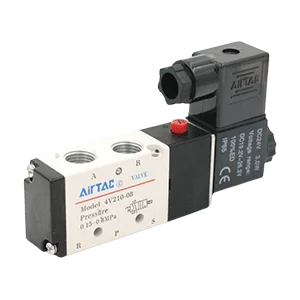
BUTTERFLY VALVE
A butterfly valve is a type of flow control device that uses a rotating disc to regulate or isolate the flow of liquid or gas in a pipeline. The disc, positioned in the center of the pipe, rotates a quarter turn to either fully open or close the valve. Butterfly valves are known for their simple design, lightweight structure, and quick operation. They are widely used in various industries, including water treatment, chemical processing, and HVAC systems, for their efficiency and cost-effectiveness.
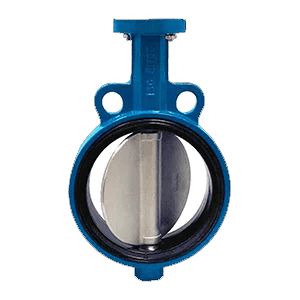
BALL VALVE
A ball valve is a type of valve that uses a spherical ball with a hole through its center to control the flow of fluid. The ball rotates within the valve body to either allow or block the flow. When the ball’s hole aligns with the flow path, the valve is open; when it is perpendicular, the valve is closed. Ball valves are known for their durability, reliability, and ability to provide a tight seal with minimal pressure drop. They are commonly used in various applications, including water, gas, and chemical systems, due to their ease of use and precise flow control.
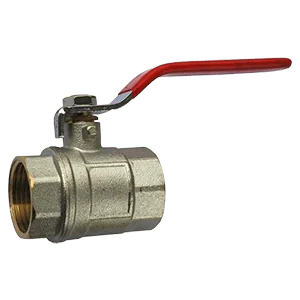
CONTROL VALVE
A control valve is a device used to regulate the flow, pressure, or temperature of a fluid within a system. It operates based on signals from a control system, adjusting its position to maintain the desired process conditions. Control valves often feature components like an actuator and a positioner to modulate the flow or pressure accurately. They are essential in various industries, including chemical processing, oil and gas, and manufacturing, for maintaining optimal process control and efficiency.

NEEDLE VALVE
A needle valve is a type of valve with a slender, tapered needle-like plunger that controls fluid flow with high precision. By adjusting the position of the needle within a seat, the valve can finely regulate the flow rate or pressure. Needle valves are typically used in applications requiring accurate flow control, such as in laboratory experiments, instrumentation, and hydraulic systems. Their design allows for very small adjustments, making them ideal for precise applications.

PIPE
A pipe is a cylindrical conduit used to transport fluids or gases from one location to another. It is typically made from materials such as metal, plastic, or concrete and comes in various sizes and thicknesses to accommodate different pressure and flow requirements. Pipes are essential components in plumbing, industrial, and construction systems, facilitating the movement of water, oil, gases, and other substances in a wide range of applications.
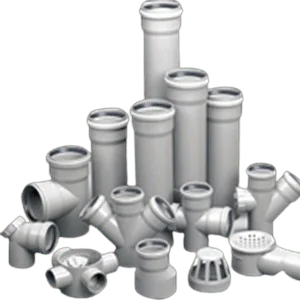
TUBES
Tubes are hollow, cylindrical components used to convey fluids, gases, or other materials. They are often made from materials such as metal, plastic, or rubber and are designed with precise dimensions for specific applications. Tubes can vary in thickness and flexibility, and they are commonly used in various industries, including automotive, aerospace, medical, and manufacturing, for tasks such as fluid transfer, structural reinforcement, and heat exchange. Their design allows for efficient flow and often precise control of the transported substances.

SAFETY RELIEF
A safety relief valve is a crucial safety device designed to protect a system from excessive pressure. It automatically opens to release pressure when it exceeds a predetermined level, thereby preventing potential damage or failure of the equipment. Once the pressure returns to a safe level, the valve closes to maintain normal operating conditions. Safety relief valves are commonly used in boilers, pressure vessels, and pipelines to ensure safe and reliable operation in various industrial and commercial applications
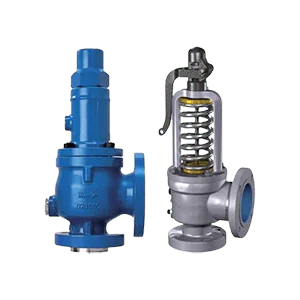
HIGH PRESSURE FITTING

INDUSTRIAL BEARINGS
Industrial bearings are components used to reduce friction and support rotating or moving parts in machinery and equipment. They enable smooth motion by providing a low-friction surface for shafts or other rotating elements. Available in various types, such as ball bearings, roller bearings, and thrust bearings, they are essential for ensuring efficient operation, reducing wear and tear, and extending the lifespan of industrial machinery and equipment. Industrial bearings are widely used in manufacturing, automotive, aerospace, and many other industries.

